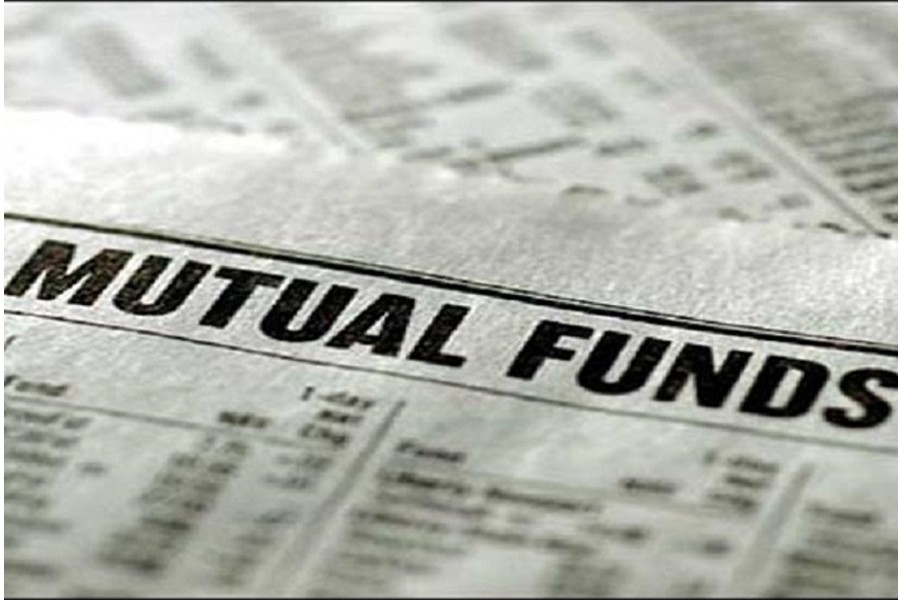
Published :
Updated :

Mutual funds, being staid relatives of common shares, do not generate much excitement among ordinary investors. To put it in context, assets under management (AUM) of the 98 mutual funds in the country is BDT 188.47 billion currently, comprising 4.2 per cent of the market capitalisation of all securities in Bangladesh. Forty-four companies manage these funds. Out of this, the ICB Asset Management Co. Ltd (ICB AMCL, a subsidiary of ICB) alone manages 24 funds, amounting to 36.45 per cent of the AUM in this domain.
An investor has the choice to buy units of either open-ended funds or closed-ended funds. Closed ended funds are listed on the two stock exchanges (DSE & CSE). Units of open-ended funds are not; rather these are bought and sold on the counters of the sponsoring companies. But how is one to decide between the two types of funds?
The prices of closed-ended funds have a floor and a ceiling set by the fund companies. These prices are pegged to the net asset values (NAV). NAV is calculated each week and constitutes two types-- based on market values and based on cost prices. The buying price (by the fund company) is pitched slightly below the NAV; whereas the selling price is pitched slightly above. So, a spread accrues to the fund companies. On the other hand, market prices of closed-ended funds are determined purely by market forces including prevailing sentiment.
From a behavioural standpoint, managers of closed-ended funds may not have the motivation to firm up prices. They are hamstrung in another nse. Because the units are fixed in number, achieving economies of scale is not possible. On the other hand, it is possible for open-ended funds to spread management expenses over more units, as the fund expands, resulting in more EPS and dividends.
The upside and downside risks are higher in the case of stock-exchange listed funds. I am of course referring to erratic price fluctuations. But there is a good opportunity of capital appreciation for closed-ended funds if managed wisely. The amount of capital gain or erosion on account of unlisted units is much less, a welcome feature to risk-averse investors.
There is a thin spread between the buying and selling prices of listed funds. This is indicative of a liquid market. In contrast, spreads in relatively illiquid markets are higher to compensate for lower volumes.
In both instances timely audited financial information and disclosure are available. But there are ominous clouds on the horizon.
A review of the financials of ICB AMCL reveals five disturbing trends. First, there has been a steady erosion of its trading income and net profit over the last three years. Second, the yields on the units have fallen. Third, total assets under management (AUM) have also declined. Fourth, the cost-to-income ratio is on the up. Fifth, the market value of the investment portfolio is depressed. You can see proof of this in the wide disparity between the NAV calculated on market value and cost price on any given week.
The downbeat developments have infected 14 open-ended funds and 9 closed-ended funds managed by ICB AMCL. However much the funds try to steer a prudent path, the welfare of the investor is ultimately tied to the health of our capital market.
Raihan Amin is a former banker.


 For all latest news, follow The Financial Express Google News channel.
For all latest news, follow The Financial Express Google News channel.